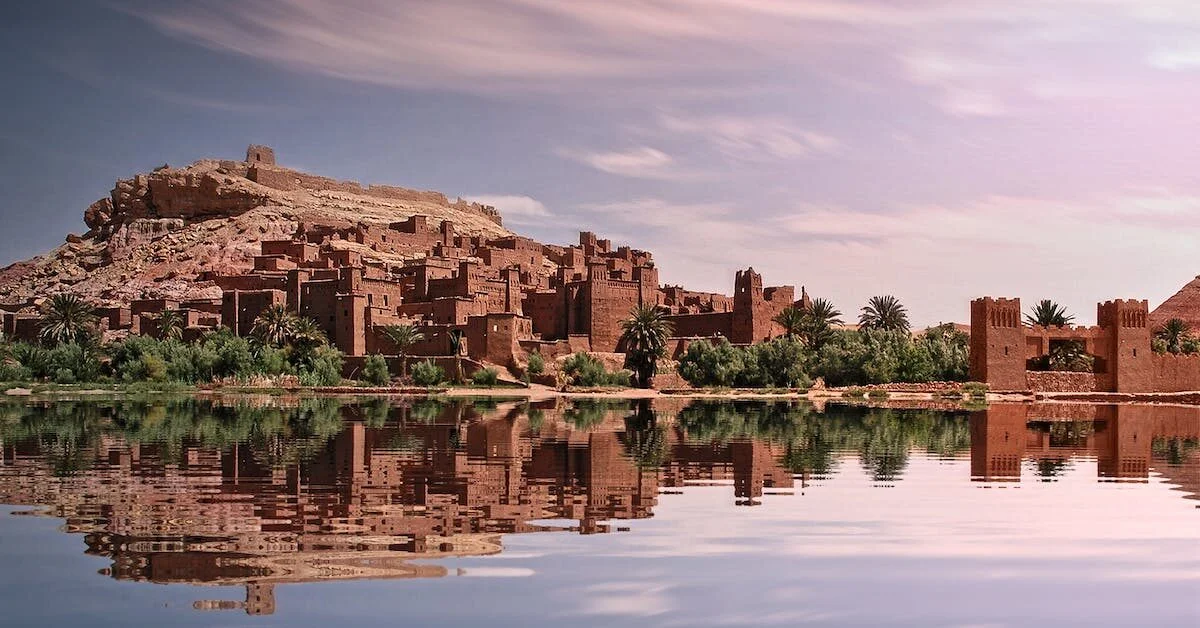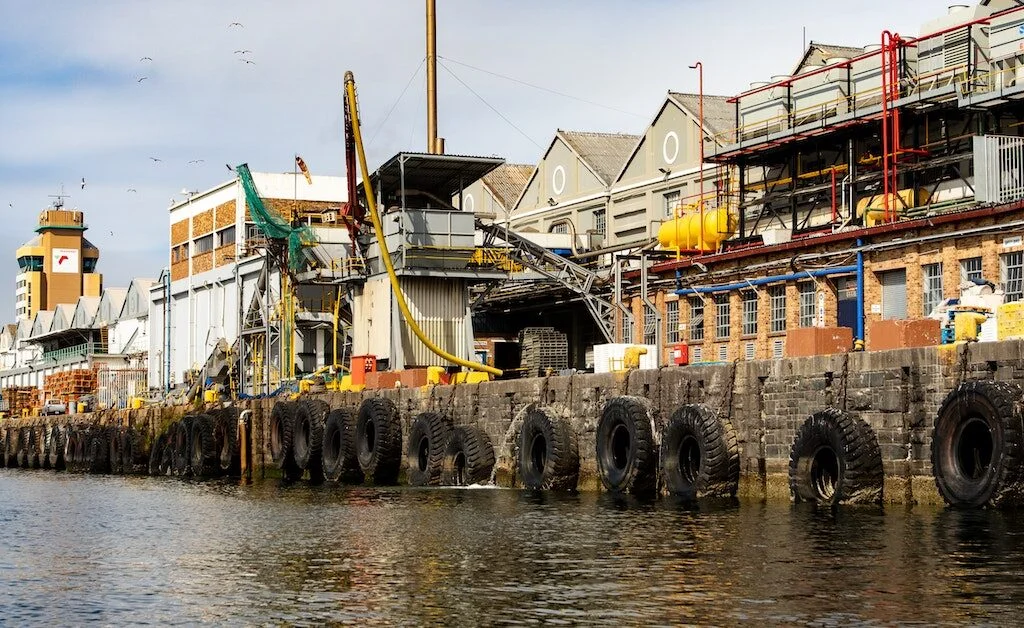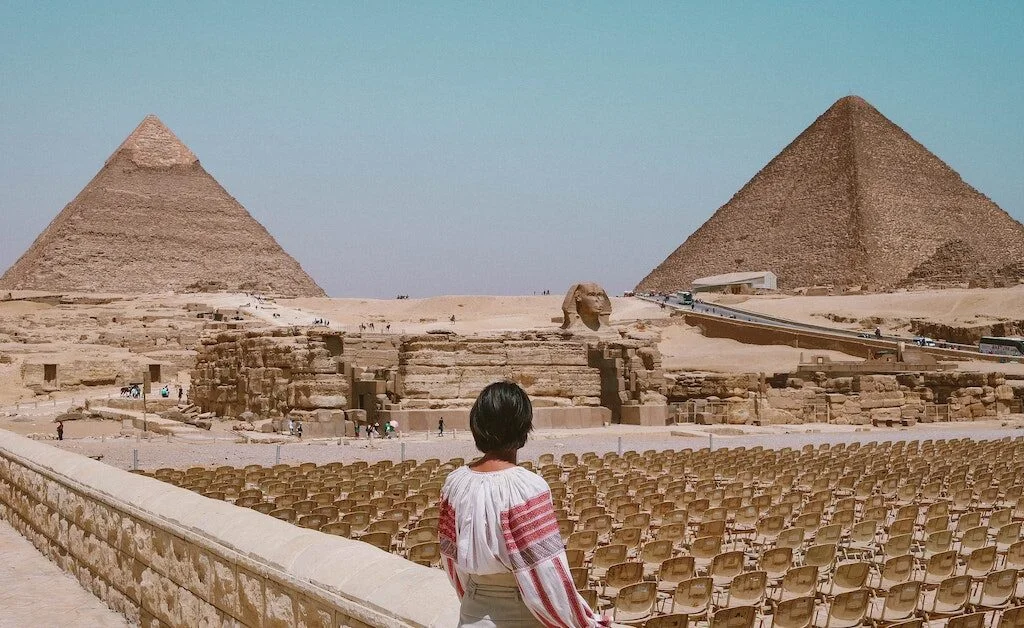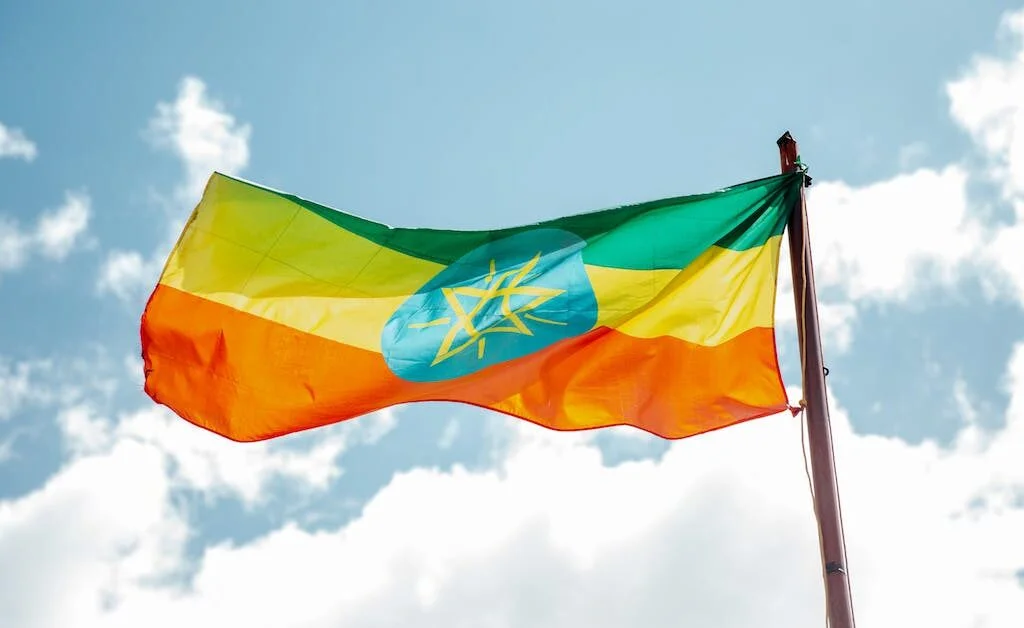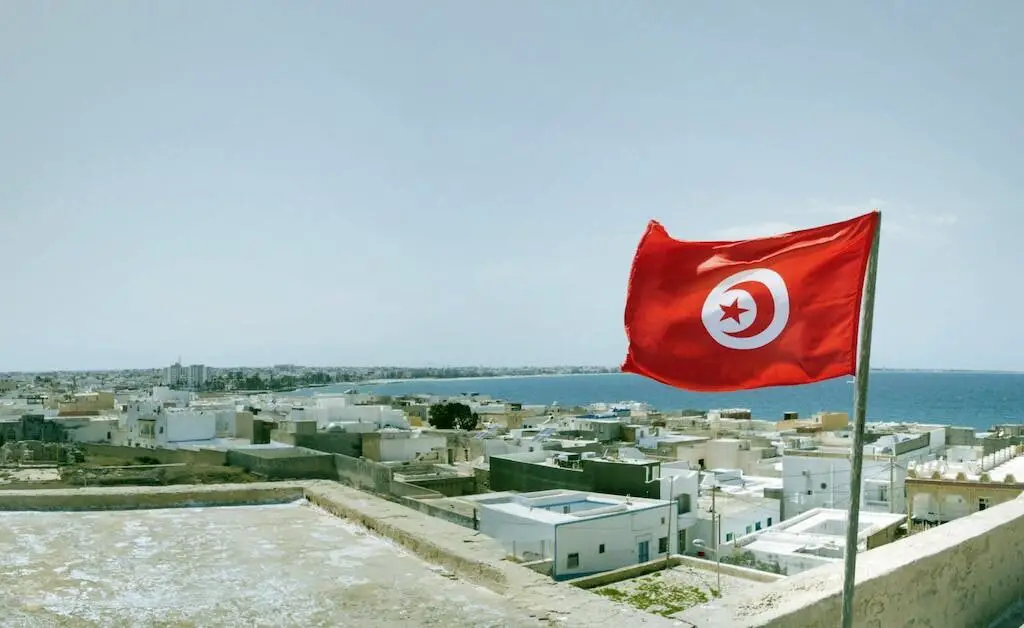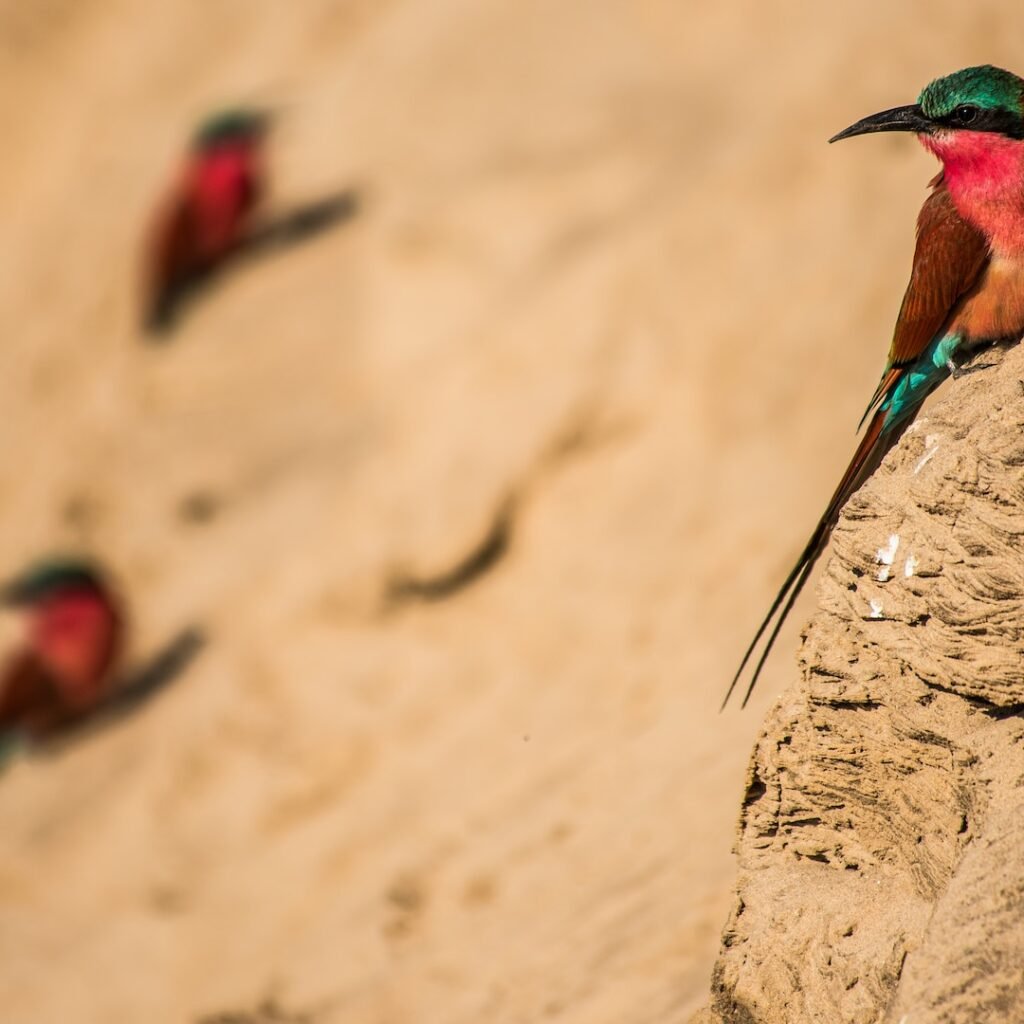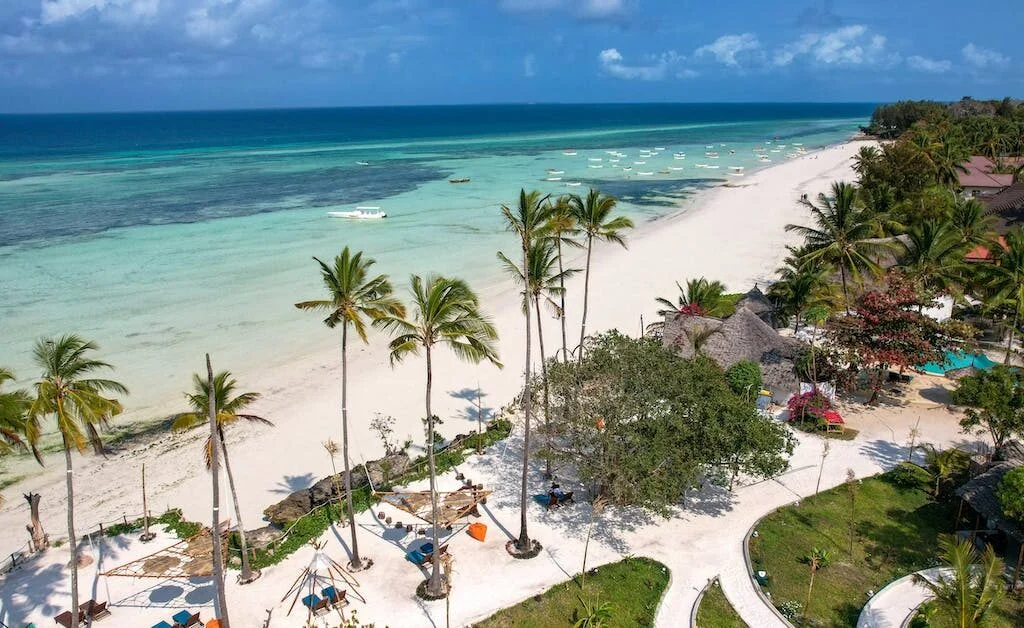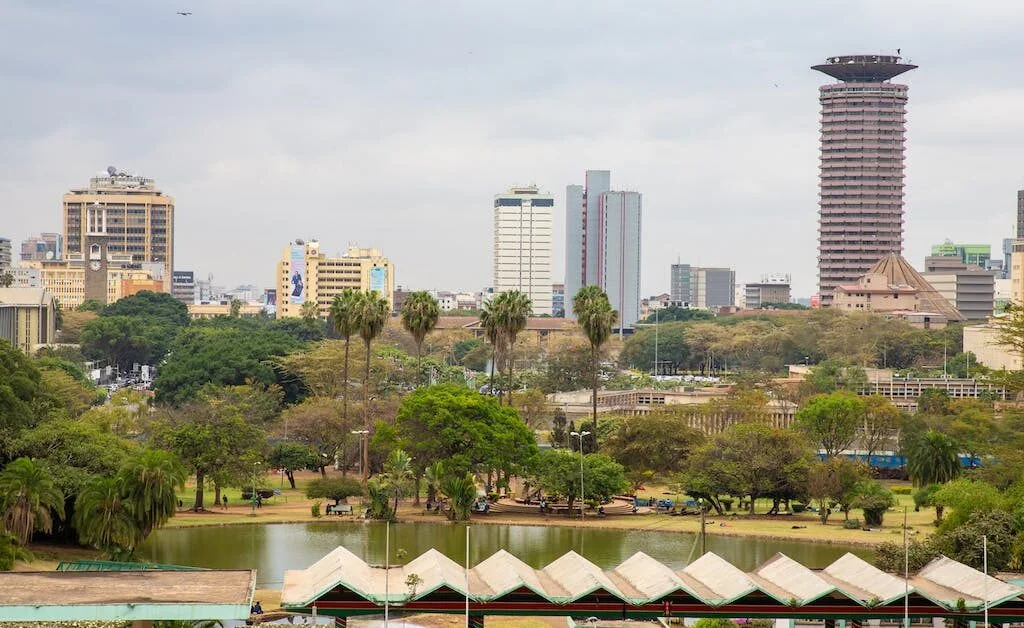Morocco, a country that sits at the crossroads of Africa and Europe, is a traveler’s dream come true. From the bustling medinas of Marrakesh and Fes to the vast Sahara Desert and the picturesque Atlas Mountains, Morocco offers a rich tapestry of experiences. However, to make the most of your Moroccan adventure, timing is key. In this article, we’ll explore the best time to visit Morocco, ensuring your journey is perfectly tailored to your preferences.

The Importance of Timing
When planning your Moroccan getaway, understanding the country’s diverse climate and geographic regions is crucial. Morocco boasts a unique blend of Mediterranean, Atlantic, and Saharan influences, resulting in four distinct seasons. Each season has its own unique charm and caters to different types of travelers and activities. Let’s delve into these seasons to help you decide when to visit this enchanting destination.
Morocco’s Climate and Geographic Diversity
A Mosaic of Climates and Geographies
Morocco’s climate varies from one region to another, thanks to its diverse geography. The country can be divided into coastal areas, the Atlas Mountains, and the vast Sahara Desert, each offering its own climate and attractions.
Four Distinct Seasons
Spring (late March to early June):
Spring in Morocco is a time of renewal. The landscape awakens with vibrant blossoms and mild temperatures, making it perfect for outdoor exploration. This season is marked by pleasant weather and local festivities, providing a window into Moroccan culture.
Summer (June to August):
The best time to visit Morocco, summer season brings scorching temperatures across the country. While it’s the ideal time for coastal escapes and mountain retreats, the interior cities sizzle. You can escape the heat by venturing to the mountains or coastal towns, where refreshing sea breezes provide respite.
Fall (September to early November):
Fall is arguably the best time to visit Morocco. With comfortable temperatures and clear skies, it’s perfect for cultural experiences, city sightseeing, and excursions to the Sahara. Fall also coincides with Ramadan, a unique cultural event in Morocco.
Winter (December to February):
Winter in Morocco offers its own set of attractions. The Sahara Desert becomes a comfortable destination for daytime adventures, while the cities are less crowded and more affordable. Prepare for chilly evenings, and don’t forget to pack a raincoat.
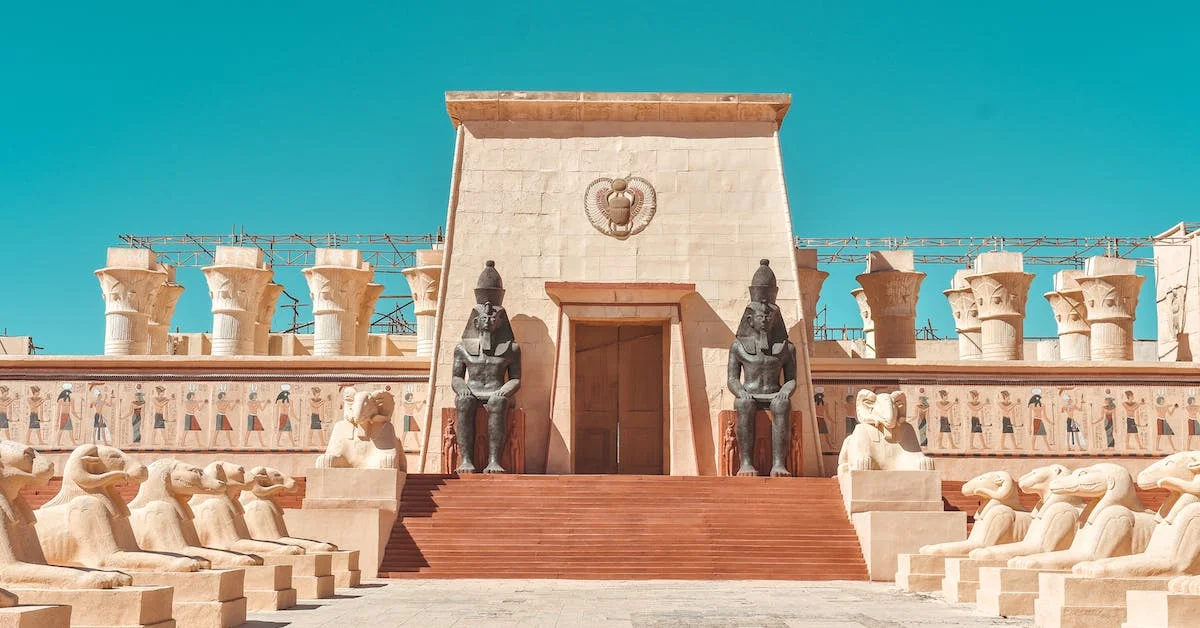
The Best Time to Visit Morocco
Selecting the Ideal Season for Your Adventure
Each season in Morocco caters to different interests and activities. Let’s explore the best times to visit this incredible country.
Spring: Late March to Early June
Spring in Morocco is a vibrant season, with pleasant temperatures and blooming landscapes. The country bursts with colors and scents, offering a delightful setting for travelers who love outdoor adventures, hiking, and cultural exploration. Whether you’re wandering the medinas, exploring the Atlas Mountains, or joining local festivities, spring is a fantastic time for it all.
Summer: June to August
The summer season can be brutally hot in Morocco, particularly in the inland cities. However, it’s not all sweltering heat, as coastal towns and the Atlas Mountains provide a cooler escape. If you’re a fan of water sports, the coast is the place to be. Morning and evening explorations are recommended during this time, while midday is best spent in the shade or by a refreshing pool.
Fall: September to Early November
Fall is often considered the prime season for a Moroccan adventure. The weather remains mild and comfortable, making it perfect for exploring cities, venturing into the Sahara, and hiking in the Atlas Mountains. Accommodations and tours tend to book up quickly during this popular season, so plan in advance.
Winter: December to February
Contrary to the image of perpetual summer, Morocco experiences a winter season with its own unique appeal. Winter in Morocco allows you to explore the Sahara comfortably during the day, provided you’re prepared for chilly nights. Urban communities are less packed, costs are lower, and the experience is more vivid.

Planning Your Visit
Preparing for the Moroccan Adventure
Now that you’ve chosen the ideal season for your Moroccan adventure, it’s time to prepare for your journey. Planning your visit effectively can significantly enhance your experience.
Preparing for the Chosen Season
Depending on your chosen season, you’ll need to pack accordingly. For spring and fall, pack comfortable clothing for warm days and cooler nights. In summer, focus on lightweight clothing, while winter demands layers and a raincoat just in case. Consider the specific requirements for each season.
Accommodation Options
Morocco offers a range of accommodation options, from luxurious riads to budget-friendly hostels. Contingent upon your financial plan and inclinations, book your facilities ahead of time to get your visit, particularly during the bustling spring and fall seasons.
Specific Destination Considerations
Each season is ideal for exploring different parts of Morocco. Be sure to choose destinations that align with your interests and the season. Whether you’re exploring the bustling cities, hiking in the Atlas Mountains, or venturing into the Sahara, plan your itinerary carefully.
Festivals and Cultural Events
Morocco’s culture is rich and diverse, with various festivals and events throughout the year. Plan your visit to coincide with local festivals and immerse yourself in Moroccan traditions. Ramadan, in particular, offers a unique cultural experience.
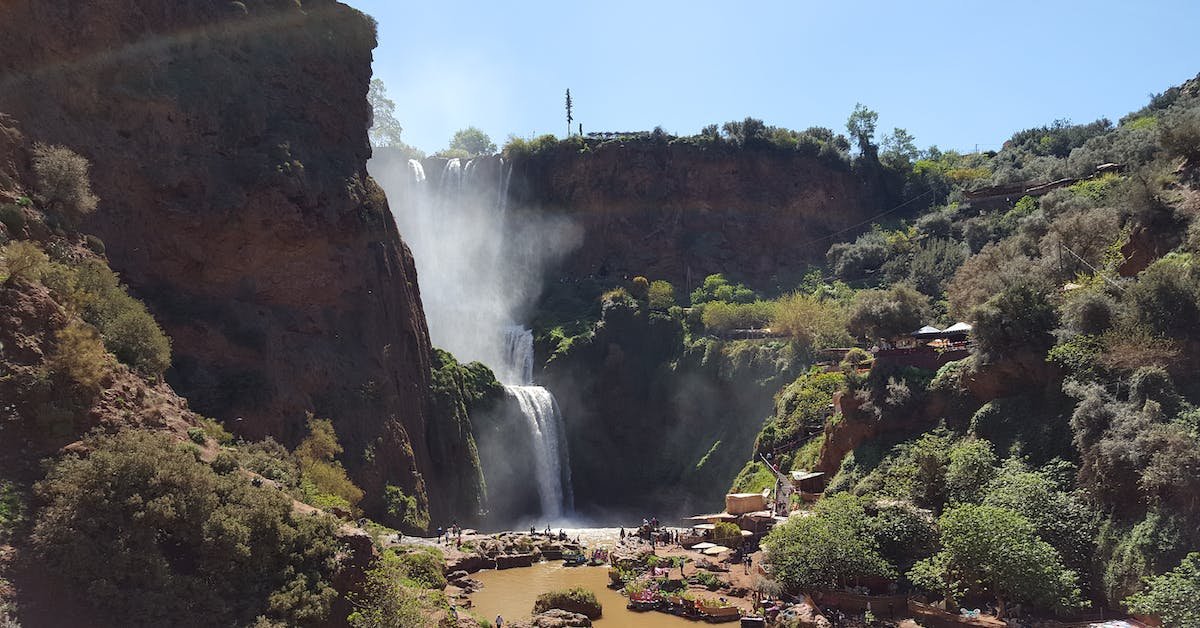
The Best Time to visit Morocco: Monthly Breakdown
January (Winter Wonderland)
Temperature: Average high of 17°C (63°F) Best for: Adventurous travelers, desert exploration, cooler city sightseeing.
January is Morocco’s colder time of year, and keeping in mind that many probably won’t consider Morocco a colder time of year objective, it has its novel charms during this season. In cities like Fes and Marrakesh, you’ll find cool, comfortable daytime temperatures perfect for exploring the historic medinas without the summer crowds. The Sahara Desert is great for daytime adventures during this season, but it can get chilly at night, so come prepared. The north, including Tangier and Casablanca, may see some rainfall, so a raincoat could come in handy.
February (Off-Peak Tranquility)
Temperature: Average high of 20°C (68°F) Best for: Sightseeing, budget travelers, cultural exploration.
February is a quieter time to visit Morocco, and with fewer tourists around, the country takes on a more authentic feel. In cities and cultural hubs like Fes and Marrakesh, you can explore the sights at your own pace. Just remember, traditional riads in Morocco often don’t have central heating, so it can get chilly at night. Some hotels may close briefly in January, so double-check your accommodations.
March (Spring Awakening)
Temperature: Average high of 22°C (72°F) Best for: Outdoor enthusiasts, hiking, cultural exploration.
With the arrival of March, Morocco begins to come to life. The country experiences a spring awakening with blooming landscapes and a pleasant climate. The weather is ideal for outdoor explorations, from hiking in the Atlas Mountains to discovering the historic city of Marrakesh. However, evenings can still be quite chilly, so pack layers.
April and May (Springtime Blooms)
Temperature: April sees an average high of 26°C (79°F), while May warms up to 29°C (84°F). Best for: Nature lovers, outdoor adventures, cultural experiences.
April and May are some of the best months to visit Morocco. These springtime months bring pleasant temperatures, abundant blossoms, and clear skies. It’s perfect for hiking in the High Atlas Mountains, exploring the Mediterranean coast, and witnessing the fascinating Ramadan traditions. Be prepared for cooler temperatures in the mountains, and remember that some places might close during the daytime during Ramadan.
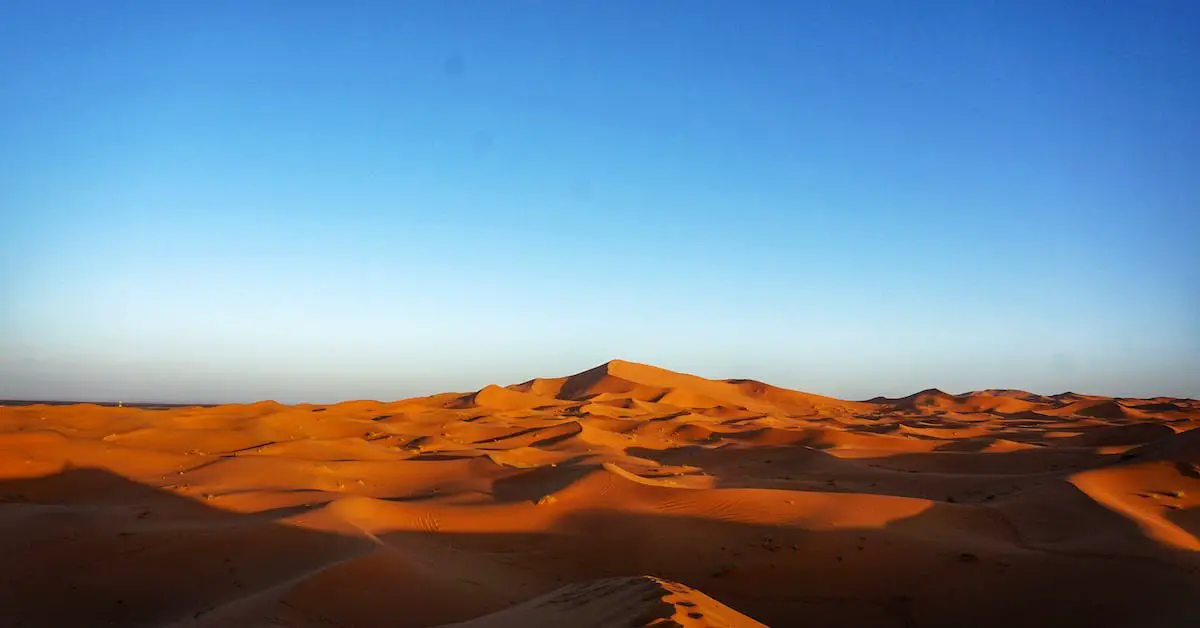
June to August (Summer Heat)
Temperature: Averages range from 32°C (90°F) in June to 37°C (99°F) in August. Best for: Coastal getaways, mountain retreats, morning and evening explorations.
Summer in Morocco can be scorching, particularly in inland cities. However, it’s a great time for coastal escapes to towns like Essaouira and trips to the Atlas Mountains. Mornings and evenings are ideal for exploring cities, while midday heat calls for shade or a refreshing pool. If you’re a water sports enthusiast, the Moroccan coast is the place to be, especially in June when the winds are still moderate.
September to November (Autumn Bliss)
Temperature: Average highs range from 22°C (72°F) in November to 32°C (90°F) in September. Best for: Sightseeing, city exploration, desert adventures, hiking.
Fall is arguably the best time to visit Morocco. With mild temperatures and clear skies, it’s perfect for exploring cities, the Sahara Desert, and hiking in the Atlas Mountains. Fall also coincides with Ramadan, providing a unique cultural experience. November is quieter, making it perfect for those who prefer a peaceful journey. Keep in mind that rain is possible in some areas, so pack accordingly.
December (Winter Wonderlands and Festivities)
Temperature: Average high of 17°C (63°F) Best for: Sahara adventures, budget travelers, festive experiences.
Morocco’s winter is a great time for exploring the Sahara during the day and attending local festivals. With fewer tourists around, accommodations are more affordable, but it can get chilly in the evenings. Some areas, particularly the north, may see rainfall, so be prepared with a raincoat.
Activities, Things to Do, Events, and Places to Go
Springtime Adventures (March to May)
- Hiking in the High Atlas Mountains: Spring is the perfect time to explore the High Atlas Mountains, with mild temperatures and beautiful spring flowers dotting the landscapes. Consider embarking on hiking adventures in areas like Toubkal National Park or the Imlil Valley.
- Exploring Roman Ruins: Visit the Roman ruins of Volubilis, a UNESCO World Heritage Site, during this season. Explore the well-preserved archaeological site where you can walk through ancient streets and admire grand mosaics.
- Participating in Ramadan Festivities: If you’re interested in cultural experiences, spring often coincides with Ramadan, a 30-day religious festival. Observe local traditions and join in the vibrant celebrations that take place at night after the daily fast is broken.
Summer Escapes (June to August)
- High Atlas Mountain Retreat: To escape the summer heat, head to the High Atlas Mountains. You can explore Berber culture, go hiking, and enjoy the fresh mountain air. Consider staying at places like Kasbah Tamadot with its lovely swimming pool and traditional decor.
- Coastal Delights in Essaouira and Oualidia: The coastal towns of Essaouira and Oualidia beckon during June when temperatures are more bearable. Enjoy the moderate winds and explore the charming streets and local culture.
- Morning and Evening City Exploration: For city sightseeing, plan to explore Marrakesh and other urban centers during the cooler morning and evening hours. A sunrise hot air balloon ride over Marrakesh offers a unique perspective on the city’s architecture and landscapes.
Autumn Wonders (September to November)
- Marrakesh Sightseeing: Autumn is the ideal season for sightseeing in Marrakesh. The drop in temperatures makes exploring the city’s historic medina and vibrant markets more pleasant.
- Chefchaouen’s Blue Magic: Wander the picturesque streets of Chefchaouen, known for its iconic blue-painted buildings. This town becomes even more charming during autumn, with cooler temperatures.
- Kitesurfing in Essaouira: By November, the coastal town of Essaouira experiences strong winds, making it a prime destination for kitesurfing enthusiasts.
- Hiking in the High Atlas Mountains: The fall season is great for hiking in the High Atlas Mountains. Though October may bring some rain, the cooler weather is ideal for outdoor adventures.
Winter Adventures (December to February)
- Desert Exploration: Experience the Moroccan Sahara during winter when daytime temperatures are cool and comfortable. However, be prepared for cold nights. Discover the unique landscapes and culture of the desert.
- Festive Experiences: December is the holiday season, and Morocco offers various festivities and events to join. Investigate neighborhood customs, go to festivities, and drench yourself in the occasion soul.
- Off-Peak Sightseeing: Visit the major cities like Marrakesh and Fes during winter. With fewer tourists, you can enjoy popular attractions without the crowds. However, keep in mind that some accommodations may not have central heating, so pack accordingly.
Year-Round Destinations
- Marrakesh: Visit Marrakesh any season to investigate its clamoring souks, delightful nurseries, and authentic landmarks. The city’s charm is ever-present, but it’s best to avoid the extreme heat of summer.
- Fes: The city of Fes offers a cultural and historical journey throughout the year. Discover its well-preserved medina, ancient mosques, and thriving artisan workshops.
- Sahara Desert: The Sahara Desert is an iconic Moroccan destination. While it very well may be very blistering in summer, it’s a supernatural encounter all year. Enjoy camel treks, desert camps, and stargazing.
- High Atlas Mountains: The mountains provide opportunities for hiking, cultural immersion, and breathtaking scenery. Each season offers its unique beauty, whether it’s spring blossoms or winter snow.
Conclusion
Embarking on an Unforgettable Moroccan Journey
In conclusion, Morocco offers a captivating travel experience year-round, but choosing the right season can make a world of difference. Spring, summer, fall, and winter each bring their own arrangement of attractions and open doors. Whether you seek vibrant landscapes, cultural immersion, or affordable travel, Morocco has something to offer.
So, plan your journey wisely, pack accordingly, and embrace the beauty and diversity of Morocco. With the insights provided in this article, your Moroccan adventure is sure to be unforgettable.
Read More : The Best Time to Visit Cape Town: A Season-by-Season Guide
FAQs :
The cheapest month to visit Morocco is typically January. During this winter month, you can find lower prices for accommodations and fewer crowds, making it a budget-friendly option. However, be prepared for cooler temperatures, especially in the mountains.
The best months to visit Marrakech are spring and autumn. May and September are ideal, offering warm but not scorching weather. These months provide clear sunny skies, fewer crowds, and more comfortable sightseeing conditions.
The blustery season in Morocco by and large runs from October through April. Notwithstanding, it’s vital to take note of that Morocco’s huge size brings about differing environments. For instance, Tangier might encounter critical precipitation in November and December, while Marrakech remains moderately dry.
An ideal term for an excursion to Morocco is around 10 to 14 days. This permits you to investigate significant urban areas, dig into social encounters, and adventure into the assorted scenes. Nonetheless, the span can differ in view of your inclinations and the particular spots you wish to visit.

